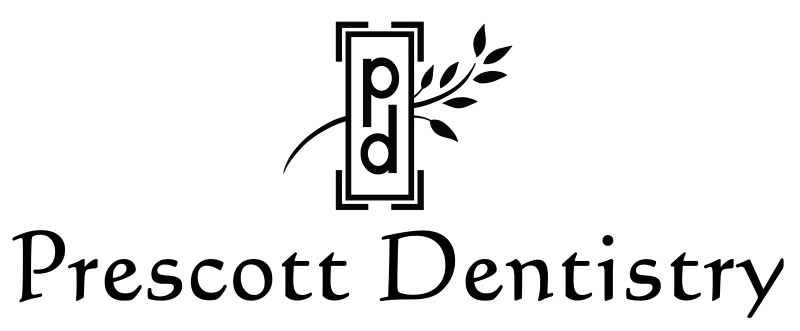
29 Oct An Ounce Of Prevention

So last month we had the privilege of hosting an open house and educational seminar in our dental practice. In addition to inviting folks from the community in to see our beautiful facility, we wanted to provide some information on what is unique about what we do here at Prescott Dentistry. Part of what we focused on was the idea of preventative treatments in Dentistry. Everybody understands the role that exercise and good diet play in staying physically healthy ad avoiding doctor visits, well, in the same way there are preventative things that we can incorporate into our routine in order to not get too familiar with your dentist.
In order to effectively talk about preventive dentistry, we have to understand the following diagram:
There are three components to dental disease, and all three have to be present in order for disease to be present. FIRST, there has to be some tissue or body part involved. For dental purposes this tissue is either our tooth enamel or our gum tissue. Think of it this way, if we didn’t have any teeth, we would never get any cavities! SECOND, there have to be bacteria present. Remember, almost all dental disease is a bacterial infection. The bacteria produce the acids that dissolve our teeth and cause decay, or produce the toxins as by-products that cause inflammation and breakdown of the gums. If we effectively eliminate the presence of bacteria in the mouth, we can eliminate most all dental disease. THIRD, there has to be some energy source for the bacteria to thrive on. The favorite diet of oral bacteria is simple carbohydrates or sugars which they can reduce to acid which breaks down enamel. What this tells us is that changes in our diet can disrupt the bacterial colonies in our mouth. If we can disrupt or remove any of these three contributing factors in our mouth, we can effectively reduce or eliminate dental disease.
So now that we know what factors contribute to disease, we can understand why the dentist may make certain recommendations or modifications to our routine.
In our next installment, our staff will discuss some specific recommendations to address each of these three factors.



